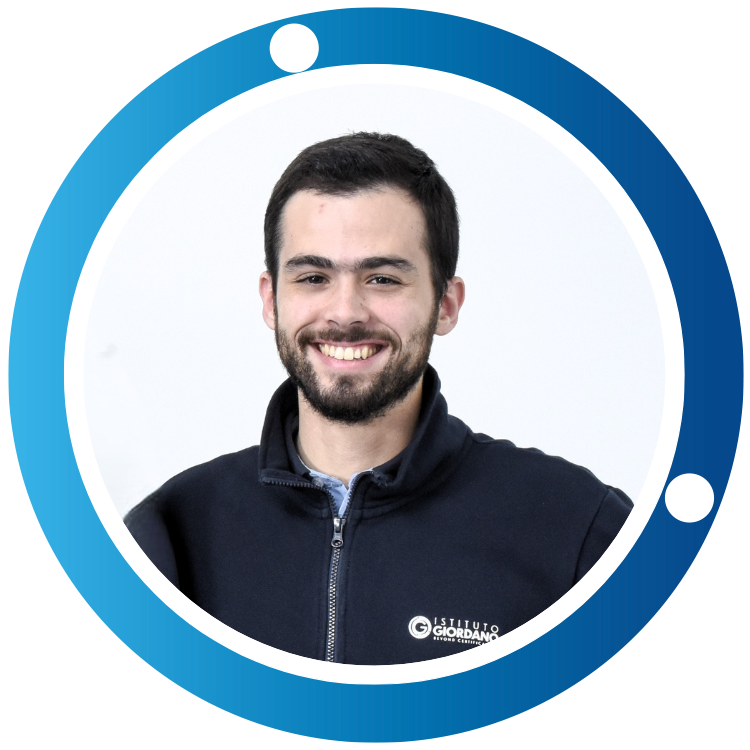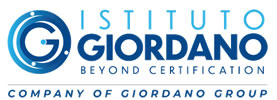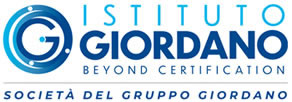CARY 7000 UNIVERSAL MEASUREMENT SPECTROPHOTOMETER (UMS) - ADVANCED OPTICAL TESTING
(Pubbl. 16/05/2025)Tag:
optical testing
Our optical laboratory has equipped itself with an important tool: Cary 7000 UMS, a state-of-the-art spectrophotometer that performs extremely precise reflectance and transmittance measurements on solid materials. This instrument makes it possible to analyse the behaviour of light on samples such as glass, thin coatings, optical materials and treated surfaces, covering the entire UV-Vis-NIR range (from ultraviolet to near-infrared).
Unlike conventional spectrophotometers, the Cary 7000 UMS allows multi-angle and automated measurements without moving or reconfiguring the sample. It is a handy tool for assessing the optical performance of materials for sectors such as construction, photovoltaics, the glass industry and the functional coatings industry.
We chose this technology to offer a testing service that combines precision, repeatability and fast throughput, even on samples with complex geometries or advanced optical properties.
To better explain the new equipment, we asked a few questions to the person who uses it to perform the tests in our laboratory, Dr Manuel Montebelli.

Unlike conventional spectrophotometers, the Cary 7000 UMS allows multi-angle and automated measurements without moving or reconfiguring the sample. It is a handy tool for assessing the optical performance of materials for sectors such as construction, photovoltaics, the glass industry and the functional coatings industry.
We chose this technology to offer a testing service that combines precision, repeatability and fast throughput, even on samples with complex geometries or advanced optical properties.
To better explain the new equipment, we asked a few questions to the person who uses it to perform the tests in our laboratory, Dr Manuel Montebelli.

- Can you explain in simple terms what kind of analyses are performed with the Cary 7000 UMS and on which materials?
- What are the main advantages of this instrument over other traditional spectrophotometers?
- Do you have an example of a particularly complex or interesting test you performed using this tool?
- How important is having such advanced technology in a laboratory like ours, with a view to research and innovation?








 Do you need more information about our services?
Do you need more information about our services?